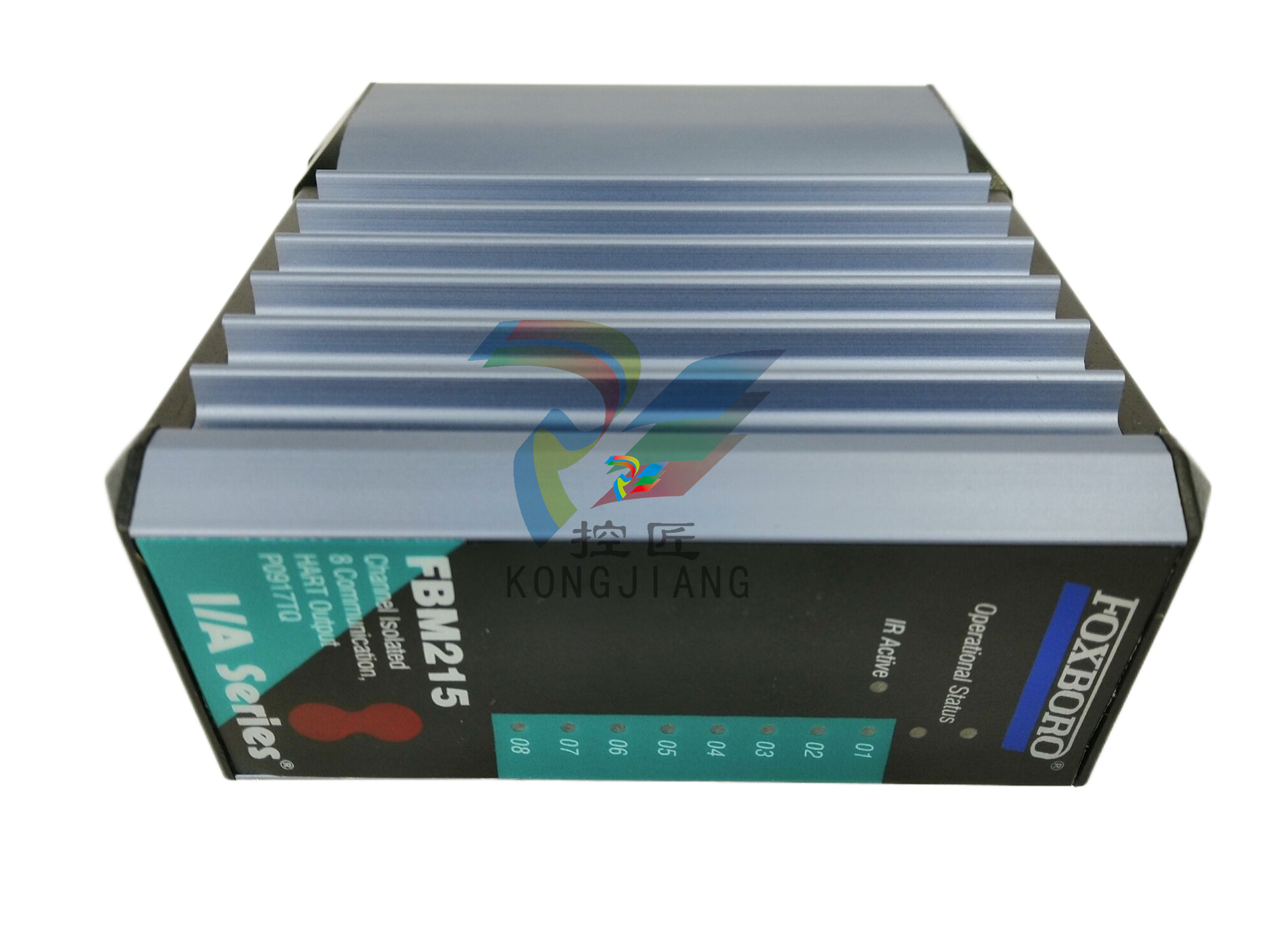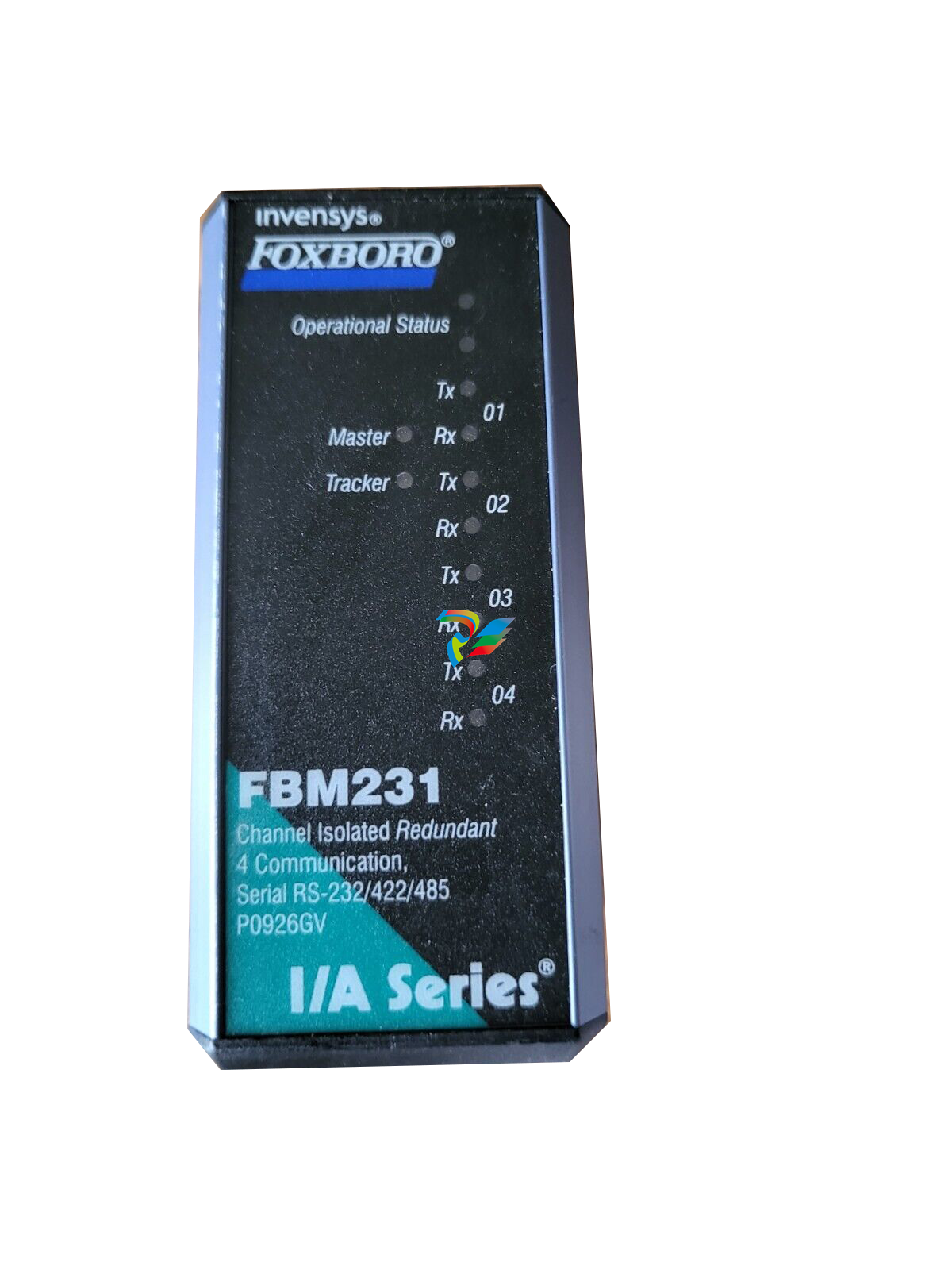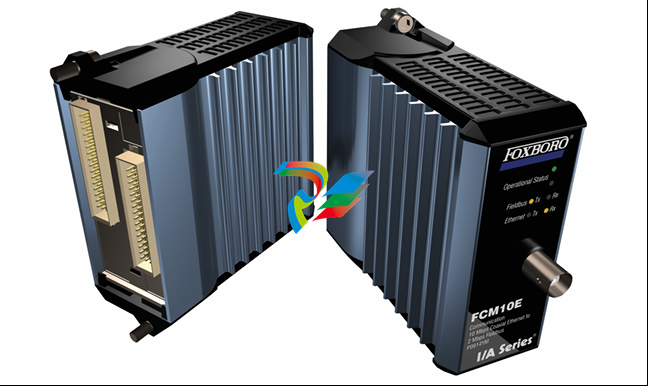
Utility Consumption Monitoring for Sustainability
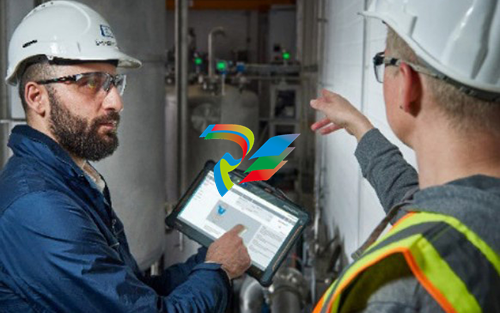
Improving operational efficiency is a longtime goal of process control and industrial applications, but today’s rising utility costs and widespread eco-conscious corporate initiatives are placing a new spotlight on energy savings in production facilities across all industries. Central to both operational efficiency and energy savings are the ability to squeeze as much production or output from the smallest net input possible, while maintaining high safety, quality, reliability and uptime.
Utilities can be broadly placed into two camps. Tier-one utilities are typically purchased directly from an external supplier, including electricity, water, liquid fuel and various industrial gases. These are used directly to power many operational components within a facility, but additional general-purpose products are also required to run particular processes such as purging or cooling. These tier-two utilities—created from tier-one supplies—include steam, compressed air, treated water and heat.
The use of utilities is directly correlated with profits and carbon footprint, incentivizing companies to minimize consumption, while upholding safety and quality. Utilities are a necessary expenditure, but there are almost always opportunities for savings, which can help companies reduce operational costs, increase product margins and meet ambitious environmental stewardship targets. However, proper energy management requires accurate data capture and appropriate analysis.
None of this is possible without reliable instrumentation to monitor plant processes and utility consumption. This information empowers plant personnel to establish baselines, monitor process efficiency, identify opportunities for savings and optimize operations.
Reduce operational costs to become more competitive
Organizations can reduce their operating costs by saving energy wherever possible, thereby increasing competitiveness. However, many companies are still unaware of how much energy they actually consume. This and other issues can be resolved by implementing an energy management system with the right instrumentation.
There are many areas for potential savings in steam, compressed air, heating, cooling and industrial gas usage. These are common process inputs for plant operation in many industry sectors, and vast quantities of energy are expended in the production and distribution of these utilities. This is why identifying opportunities for consumption reduction in plant processes is so critical.
Steam, for example, drives heat exchangers, distillation column reboilers, and similar applications because it is an efficient and controllable mechanism for delivering energy exactly where it is needed. But it is also expensive to produce and distribute, calling for careful measurement and control.
Comprehensive utility monitoring and optimization can regularly reduce energy consumption by 5 to 15 percent, but this requires establishing the right energy performance indicators (EnPIs) and making appropriate process operational tweaks or investments. All reduction opportunities depend on instrumentation that can objectively quantify energy flows, energy consumption and process data according to ISO 50001 and ISO 50006, with related systems presenting this data in terms of EnPIs.
Guiding standards
ISO 50001 is a universal energy management standard, specifying the establishment of EnPIs for setting up an energy management system. These indicators must be regularly reported, checked and compared against an energy baseline (EnB) created prior to introducing measures for increased energy efficiency (Figure 1).
On the basis of this information, potential areas for savings are evaluated, and improvement measures can be initiated for single processes as well as throughout buildings, plants, or entire factory complexes.
The ISO 50006 standard provides stepby-step guidance to companies for defining robust EnPIs and an accurate EnB for later comparison. The standard also contains several real-life examples, which are helpful because it can be difficult to initially identify relevant variables in an energy system from which to determine EnPIs. Such variables include weather conditions, balance period, plant size, production variations and energy sources, to name a few.
Common EnPI examples include:
Total primary energy consumption (MWh/ year)
Improvement in energy intensity for the baseline year (percent)
Adjustment for primary energy demand (MWh/year)
Energy savings for the current year (MWh/ year)
Energy savings since the baseline year (MWh/year)
Improvement in energy intensity for the current year (percent)
Total consumed primary energy (MJ/year)
Electricity, water or fuel consumption (total values, peak loads, etc.)
Specific energy consumption, i.e., energy consumption per quantity of produced media, like compressed air (kWh/Nm3), steam (MJ/t) and hot water (kW/kg)
Efficiency of steam boilers (percent).














































.jpg)
.jpg)
.jpg)





.jpg)



.png)
.jpg)

.jpg)
_lVjBYb.jpg)

.jpg)
.jpg)



.jpg)
.jpg)







.jpg)

.jpg)
.jpg)











.jpg)




.jpg)
.jpg)
.jpg)
.jpg)
.jpg)
.jpg)
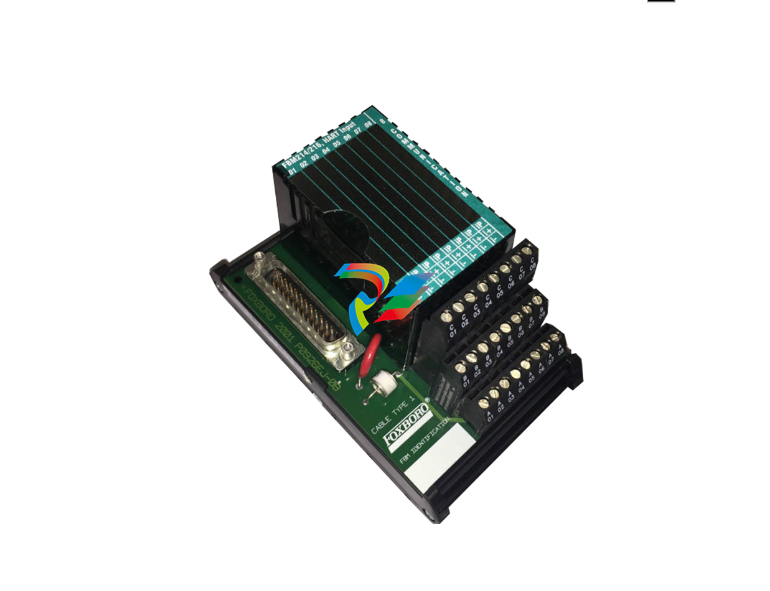
.jpg)
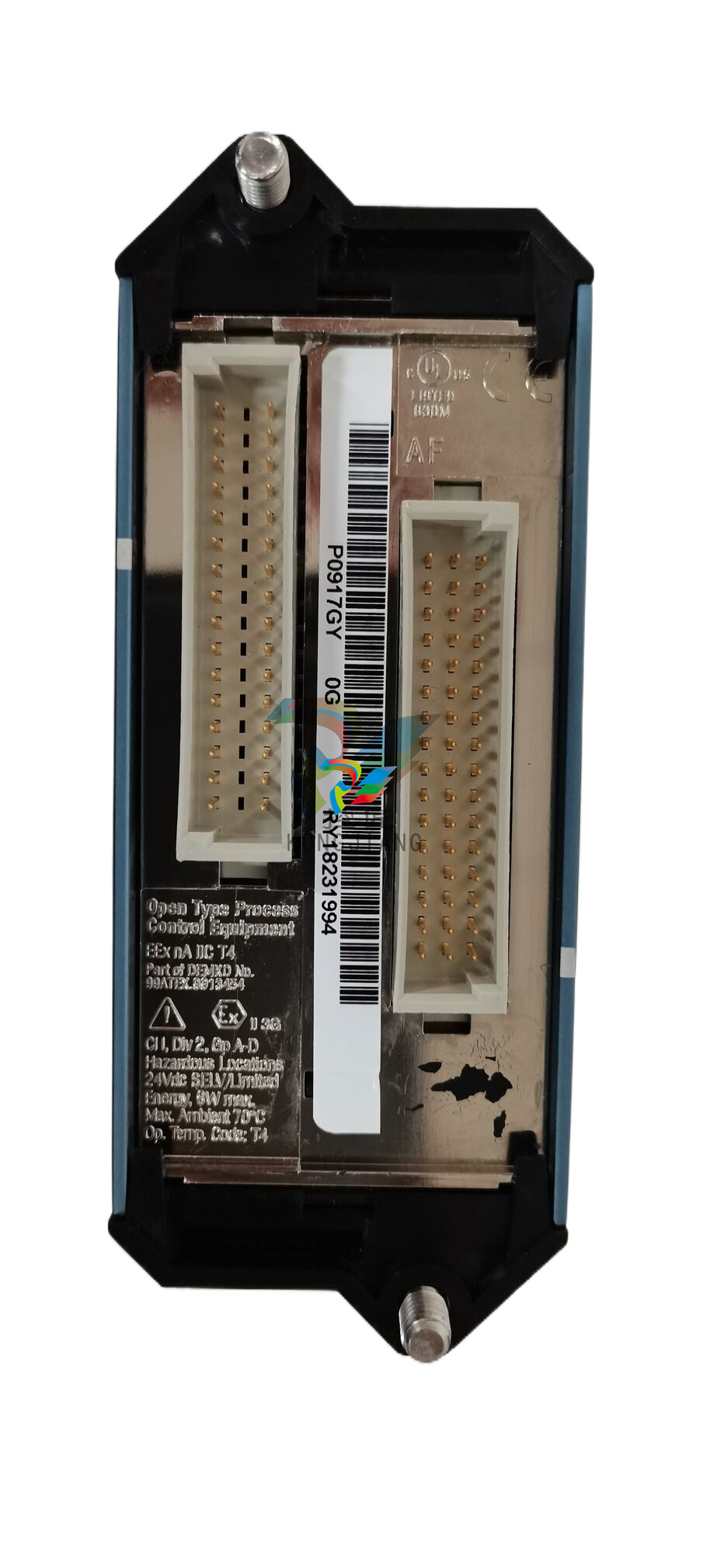
.jpg)
.jpg)
.jpg)
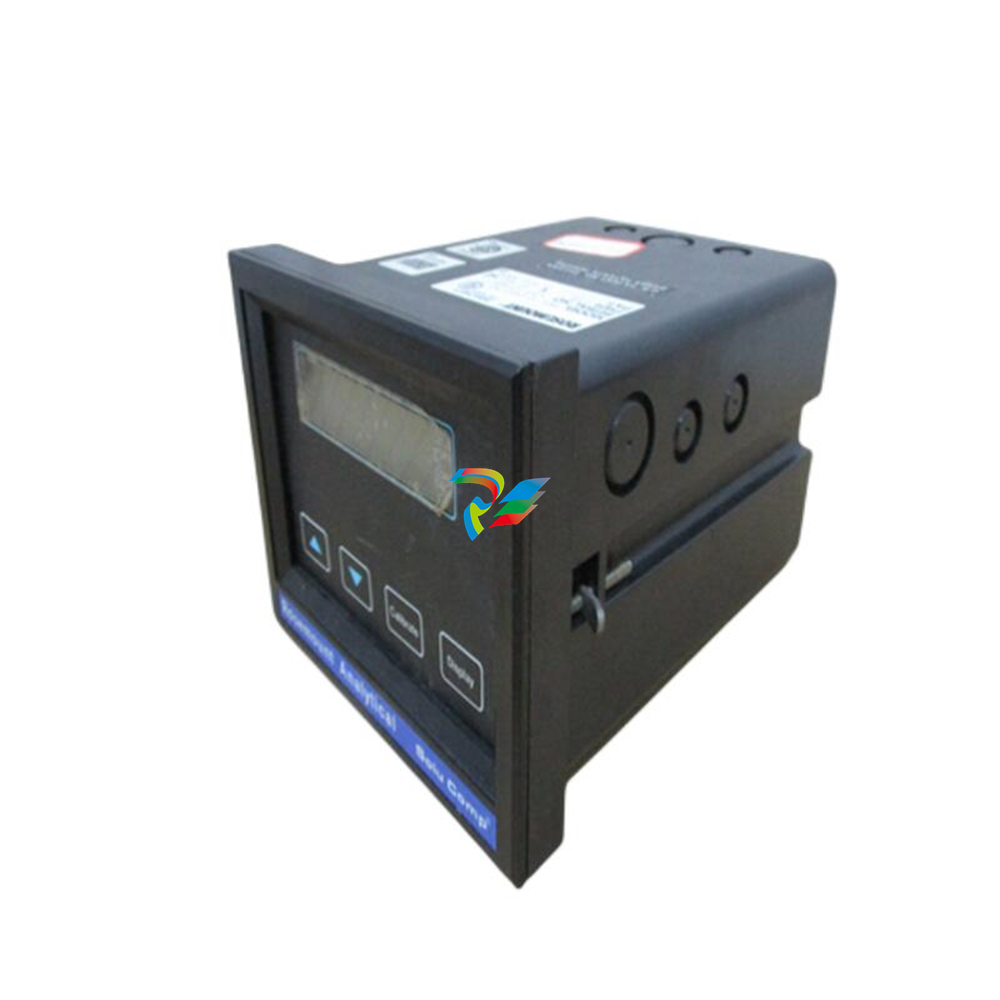
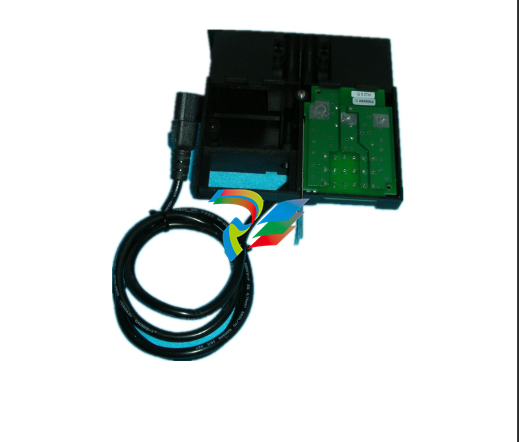
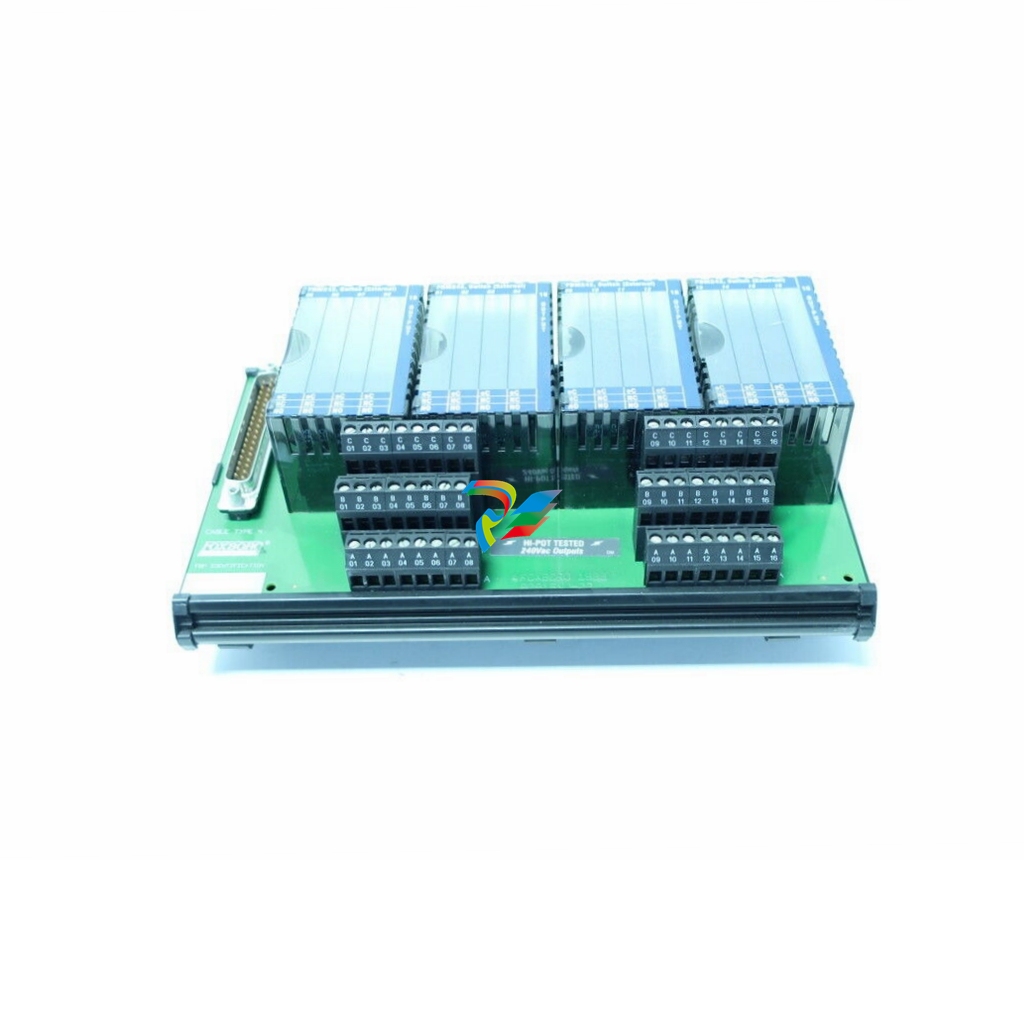
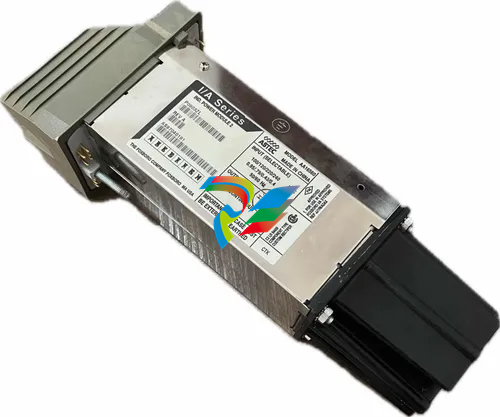

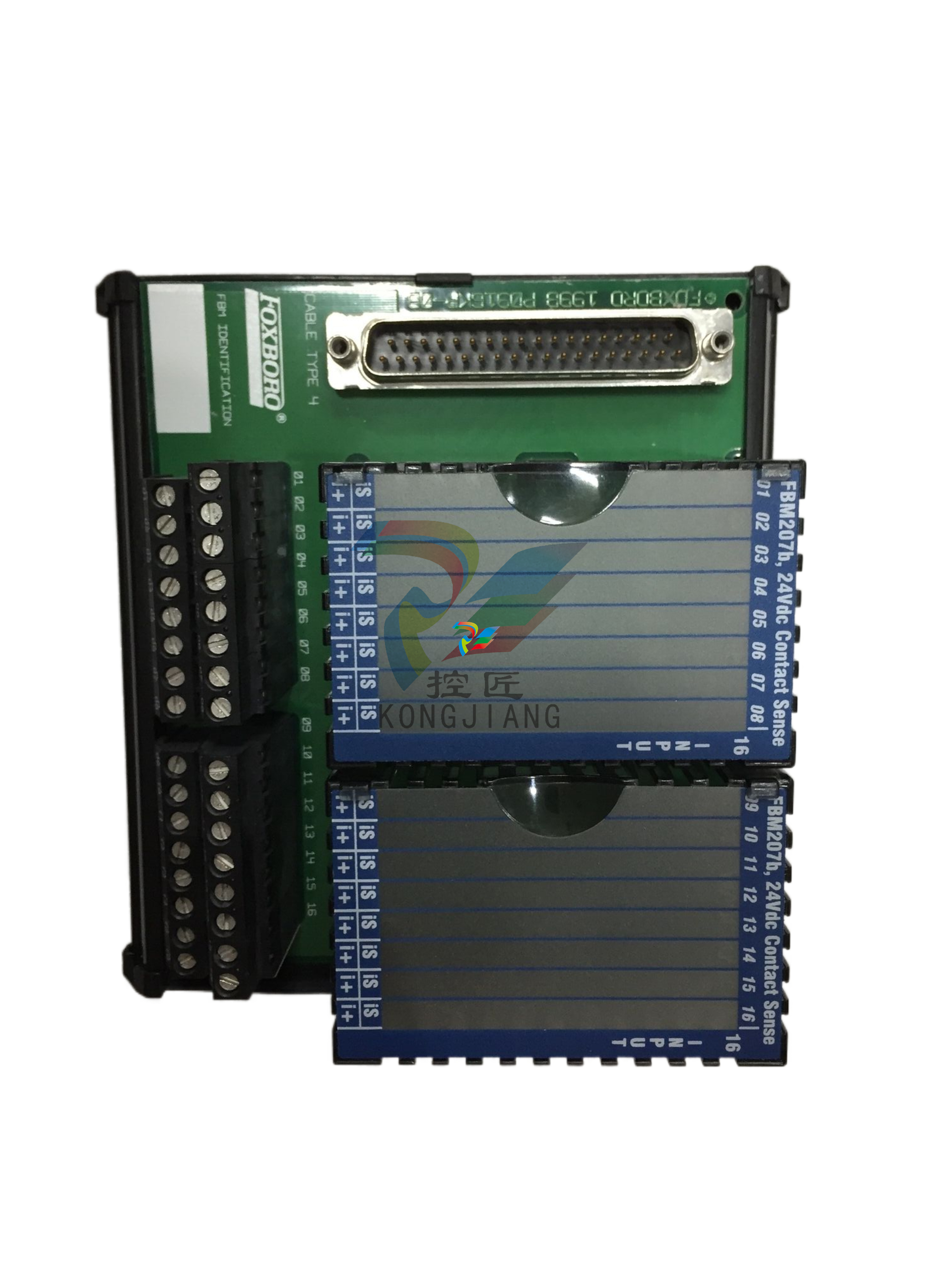
.jpg)
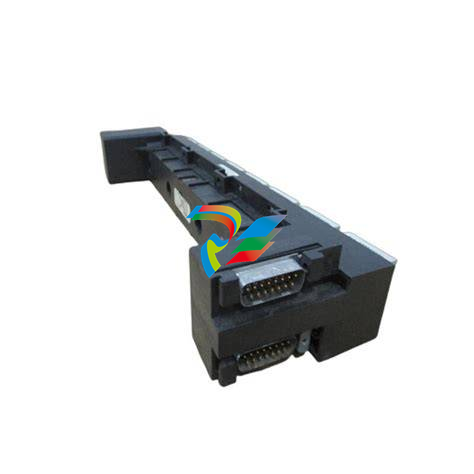
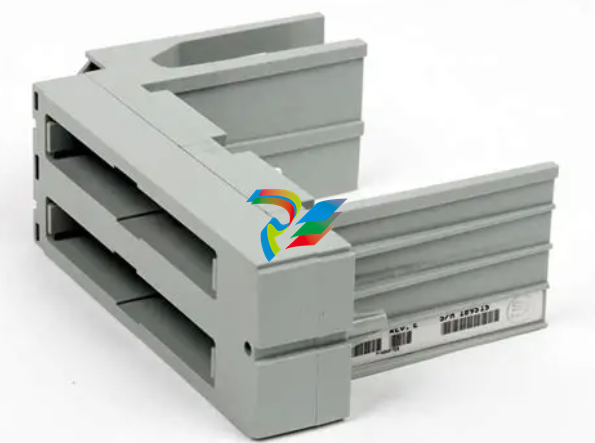
.jpg)
